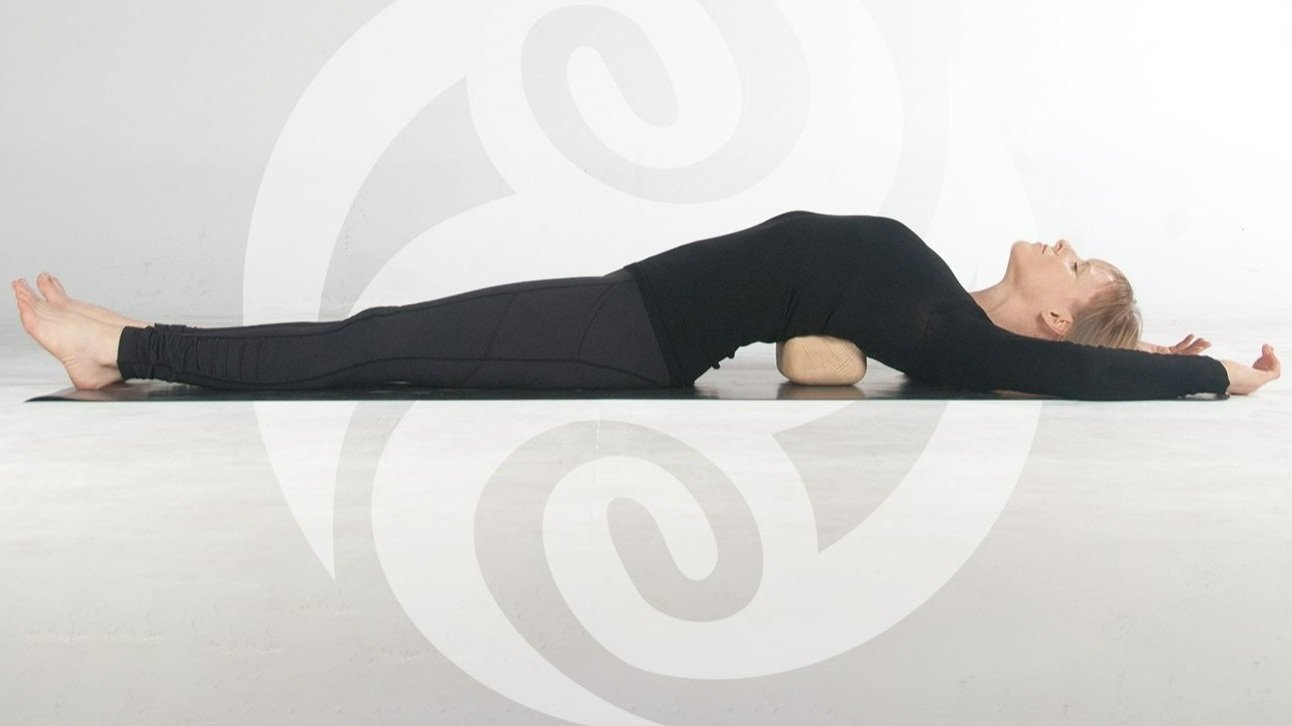
What is Block Therapy?
Block Therapy is a self-care holistic bodywork practice. It is an exercise, meditation, and therapy all rolled into one. A specialized wooden block is the primary tool to release deep adhesions in the fascia that block flow to cells, relieving chronic and acute pain, reducing stress, and much more.
Block Therapy, in its early stages, was founded in the early 2000s by an Athletic Therapist in Winnipeg, Canada, Deanna Hansen.
It didn’t start with a Block at all. It simply started with her hands. In the midst of a rock-bottom point in her life, she discovered that her hands could connect to scar tissue deep within her core and that her breath could release the pain and anxiety from her system. She spent 5 years in the stage of exploration, experimenting with her own body, using only the strength of her hands, breath, and her intuition and knowledge of massage therapy. Astonished by the results she was experiencing and the new freedom her body was gaining, she knew she needed to search for a way for others to work the same process in themselves. With the limitations that many have with their hands, she needed a tool. Enter a yoga block, then after 2 years of modification and designing, a rounded block of Cedar (later changed to Bamboo) - dubbed the “Block Buddy.”
Founder of Fluid Isometrics and Block Therapy, Deanna Hansen.
Deanna and Quinn, founder and VP of Block Therapy, demonstrate a Blocking position during a virtual class.
What does Block Therapy look like?
You can think of Block Therapy as a mix between Yoga and Physical Therapy. We lay, stand or sit on the block to let our bodyweight apply the pressure into the area we want to work, then activate our diaphragmatic breath. The breath is our key tool here because it gets oxygen, energy, and heat into the area to allow melting to occur faster. Once our breath is warmed up, it is a simple work of spending a minimum of three minutes in each position. Because there is little movement between positions, we are able to make blocking a meditative time, simply focusing on the sensations of pressure or pain and our breath moving in and out.
Pain is the Path to Healing
The idea of being in pain often scares people. The truth is, though, our fascia is already in a ton of pain and anxiety as a result of being stuck out of whack for so long. So, just like a massage or a deep stretch, we are not causing ourselves pain but instead connecting to the pain that is already in our cells, by digging into an area that is not used to being touched. During the practice, our breath keeps us calm and safe, and if any position is too intense that you cannot breathe in a relaxed way, it is one you should back off from. This is a self-care practice, and you are always in control!
Block Therapy for Athletes
Strengthening and training the body is not a simple process, and frequently, injuries and chronic pain creep in. While physical therapists can prescribe exercises to relieve pain, and personal trainers can create routines that target weight loss, muscle toning, and strength, one avenue of physical health remains largely unexplored and underestimated. This is the system of the fascia.
Busy and ambitious athletes and gym goers run the risk of several limiting conditions: injuries (extreme or mild), chronic pain, soreness, and joint issues, to name a few. Many struggle with the maintenance of flexibility while building strength. Click the button below to learn more about how Block Therapy is essential for managing these common roadblocks.
Blocktherapy.com
Deanna Hansen’s online guide for your daily Block Therapy practice




